When I texted my daughter’s best friend (who is like a daughter to me), I discovered that she was given only two masks for an entire week as an emergency department nurse. “Don’t worry,” she texted back, “my aunt is sending us some.”
Too many of these stories circulate on social media every day, validating the fact that nurses are still working in dangerous, unsafe conditions during this COVID-19 pandemic. Nurses have been forced to speak out about the lack of PPE equipment and their calls have been heard. Finally, the government, companies, and even individuals are stepping up to the plate as they heed nurses’ call to action.
Situation resolved? Not quite yet—we need to keep asking the difficult questions.
- Why didn’t we have the equipment needed in the first place? Because we don’t have a national leader representing our workforce of nearly 4 million. And we have Six Sigma leaned our way into a position where we cannot handle a national crises (and this is not the last one.)
- Why didn’t nurses insist their organizations plan for situations like this so they would have what they needed? We don’t have any down time. We clock in and work 12-hour shifts, which wreaks havoc on our health because it’s still a struggle for so many of us to just to get meals and breaks. If we worked 10-hour shifts with 8 hours clinical and 2 hours to participate in quality and safety improvement projects, we could anticipate situations like these.
- Do nurses need anything else? Staffing. Safe staffing is essential for safe patient care, as many, many studies have shown. We need to ensure nurses have the staffing they need, whether or not we’re in the midst of a pandemic.
A pandemic is something urgent that the general public sees in the media, so nurses are getting a response. But what the media and consumers don’t understand is the huge disconnect between nursing safety and patient safety.
And herein lies an opportunity to re-frame our message.
March was Patient Safety Month, when we were reminded that 400,000 patients die from healthcare errors every year –– that’s more than twice the highest number of deaths projected for this pandemic! Human errors will occur when nurses do not have what they need to do their job –– and time is what nurses need most of all.
So why isn’t everyone reacting to 400,000 deaths a year? It’s not portrayed as urgent, rarely covered by the media, and even nurses themselves don’t truly understand the epidemic of error.
Let’s capitalize on the discussion of COVID-19 and the lack of resources to tweak our message to the public. Let’s start connecting nurse safety to patient safety in our conversations to re-educate consumers with this message:
Not until nurses are safe and have what they need, will patients ever be safe. Our safety is your safety.
Reference
James J. A new, evidence-based estimate of patient harms associated with hospital care. J Patient Saf. 2013;9(3):122-28.
 Kathleen Bartholomew, RN, MN, is an internationally recognized patient safety and health culture expert. Kathleen has spoken on leadership, communication, patient safety, and peer relationships to hospital executives and nurse leaders for twenty years.
Kathleen Bartholomew, RN, MN, is an internationally recognized patient safety and health culture expert. Kathleen has spoken on leadership, communication, patient safety, and peer relationships to hospital executives and nurse leaders for twenty years.
All of her books come from her passion to understand the stories of nurses. Her books, “Ending Nurse to Nurse Hostility” and “Speak Your Truth” illuminate our relationships with our peers and physician partners. She is also co-author of “The Dauntless Nurse” which was written as a communication confidence builder.
Kathleen is also a guest Op Ed writer to the Seattle Times and has been interviewed twice on NPR’s “People’s Pharmacy”. Her Tedx Talk calls for changing our belief system from a hierarchy to equality in order to keep our patients safe – and also explains how disaster thrust her into ‘the best profession ever’.
You can also find more information about Kathleen on her website, Twitter, and Facebook.





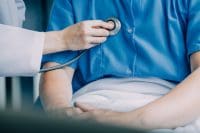
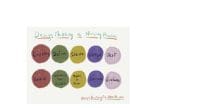



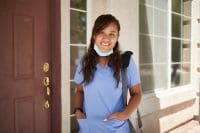



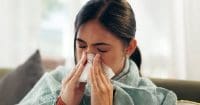



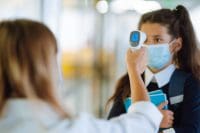
3 Comments.
I agree with Kathleen. I think as nurses we just do and find solutions. It’s what makes us great but also what do contributes to unsafe work conditions. We need a national voice to pull us together and collaboratively address safety.
The ANA needs to follow up (sanction if possible) facilities & health systems that are persecuting (& firing) RNs (& other staff) that spoke up about PPE shortages & the risks their putting their staff in. You’re right, they ‘Leaned’ themselves into this & are now risking patient care & staff lives.
Thank you for sharing the latest news and updates on the current situation. We all are going through hard times but in such a situation it is important to stay safe and healthy.